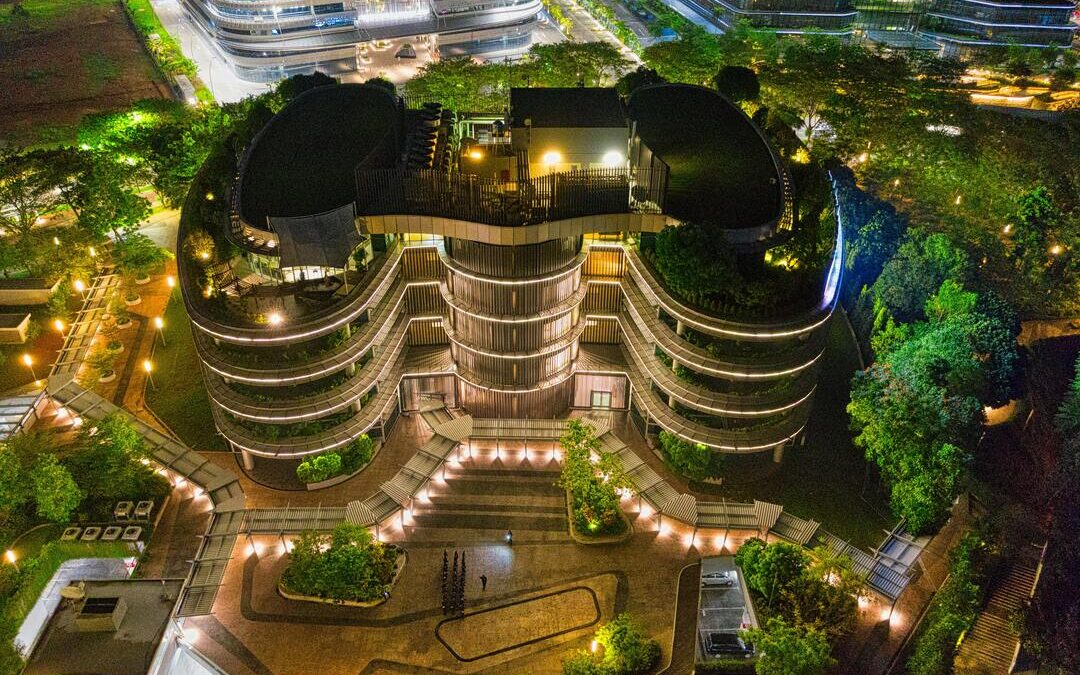USGBC Launches LEED v5 to Boost Building Sustainability and Resilience
New LEED v5 standards help building owners cut emissions, boost occupant health and strengthen climate resilience worldwide.
The US Green Building Council on Monday launched LEED v5, a major update to its globally recognized green building rating system, aiming to drive deeper impacts on climate resilience, human health and community well-being.
The nonprofit group said in a statement that the new version of Leadership in Energy and Environmental Design strengthens sustainability standards for the building industry and offers updated digital tools to make certification more accessible.
“LEED v5 raises the bar, further defining and evolving best practices and giving stakeholders across the building industry clear pathways to address today’s challenges to our health, climate and communities,” USGBC President and CEO Peter Templeton said.
The revamped system prioritizes decarbonization, with projects earning half of their certification points by reducing carbon emissions from building operations, construction materials, refrigerants and transportation.
Projects are now required to complete long-term decarbonization plans, USGBC said.
Focus on Carbon Cuts, Health and Resilience
Quality of life and resilience are also prominent. New credits encourage human-centered design to boost occupant health, while climate resilience assessments aim to help buildings better withstand environmental risks and protect communities.
“Investors, owners, occupants and policymakers are asking for high-performing buildings that reduce emissions; mitigate climate risk; provide healthy, productive spaces; positively impact communities and protect natural systems,” said Sarah Zaleski, USGBC’s chief products officer.
Green-certified buildings continue to show strong financial performance. USGBC, citing industry data, said LEED buildings command a 21.4 percent higher average market sales price per square foot compared with non-certified peers and post 11 percent higher rent rates.
“LEED has played a critical role in transforming the real estate sector at a global scale by bridging the gap between sustainability and commercial value,” said Anica Landreneau, senior principal at architecture and engineering firm HOK.
The updated rating system, developed through extensive stakeholder engagement and two public comment periods in 2024, will offer customized pathways for diverse global regions and market sectors.
Each certified project will now receive an impact report to better communicate its environmental and social achievements to stakeholders.
LEED v5 registration is now open for new construction, interior and existing commercial building projects.
Nirmal Menon
Related posts
Subscribe
Error: Contact form not found.


